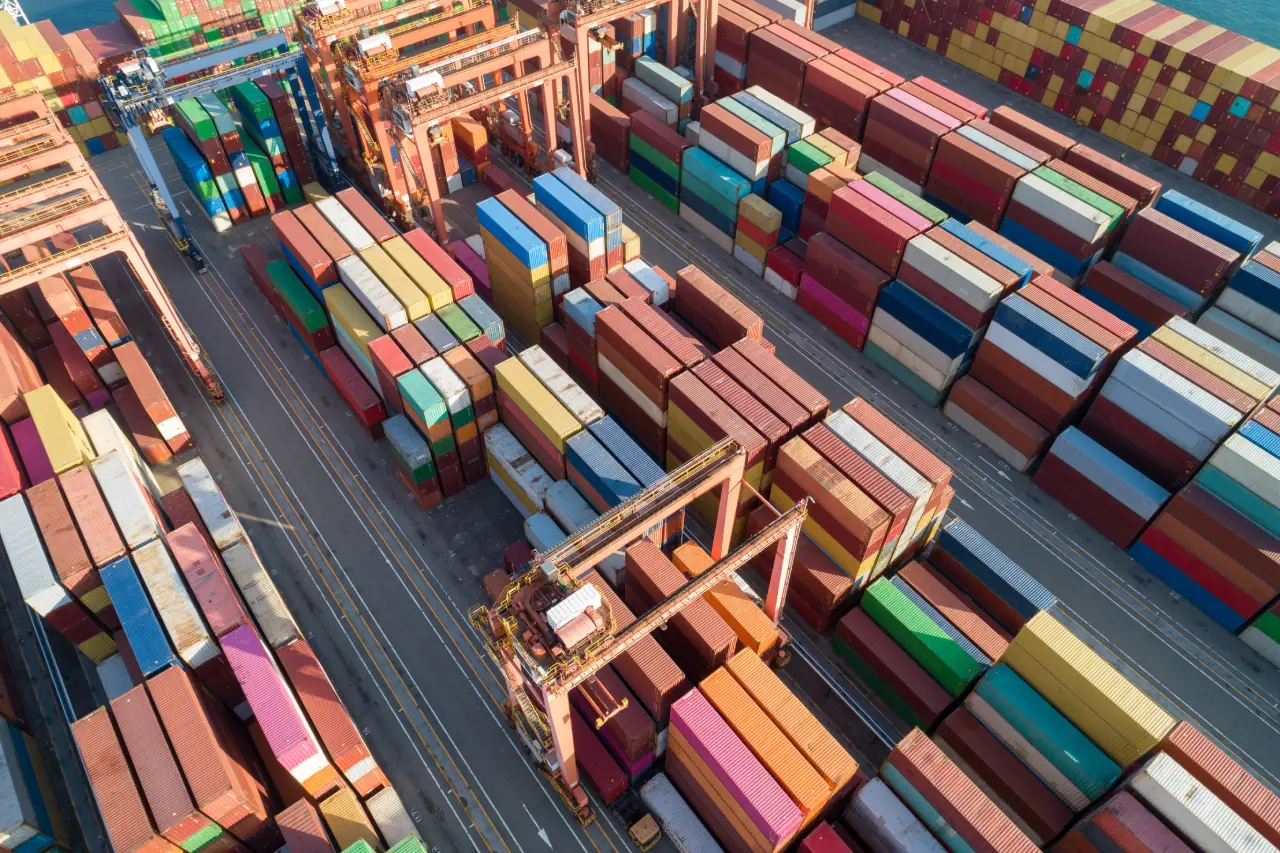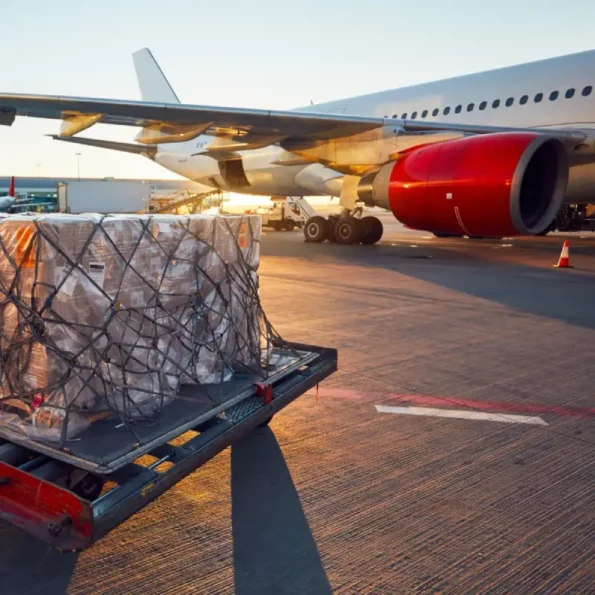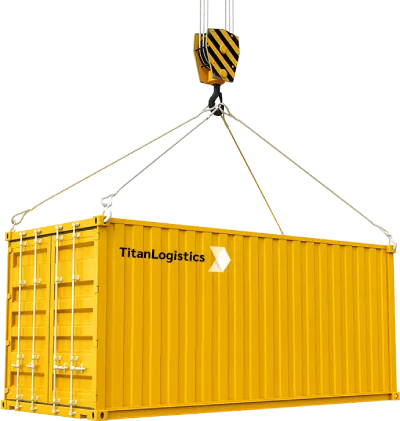
Navigating Global Waters:
The Impact of Port Infrastructure on Sea Freight
Port infrastructure serves as the gateway to international trade, facilitating the smooth movement of goods between land and sea.
A well-designed and efficiently managed port can significantly impact the speed, reliability, and overall performance of sea freight operations.
Key Aspects of Effective Port Infrastructure
- State-of-the-Art Equipment: Modern ports are equipped with cutting-edge technology, including container cranes and handling equipment, to expedite loading and unloading processes.
- Efficient Terminal Layouts: Well-planned terminal layouts minimize congestion, ensuring a seamless flow of cargo from ships to storage facilities and vice versa.
- Advanced Security Measures: Robust security protocols, such as surveillance systems and access controls, safeguard goods from potential risks, bolstering confidence in sea freight.
- Environmentally Sustainable Practices: Many ports are adopting eco-friendly initiatives, reducing their carbon footprint and contributing to sustainable global trade practices.
- Deepwater Navigation Channels: Ports with deepwater navigation channels can accommodate larger vessels, increasing cargo capacity and allowing for more substantial shipments.
- Strategic Connectivity: Ports strategically located near major transportation networks and industrial hubs enhance accessibility, reducing transit times and costs.







